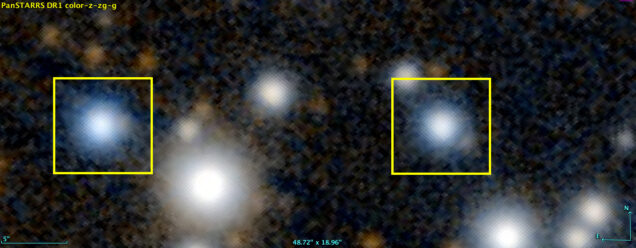Testing Ages Using Spectroscopy of White Dwarfs

In May 2024, a manuscript led by graduate student and BUWD member Tyler Heintz (Heintz, Hermes, Tremblay et al. 2024) announced the most detailed test of white dwarf ages measured from spectroscopic fits in wide WD+WD binaries. By comparing the age estimates of wide pairs of stars that should have both been born at the same time, using fits using both photometry and spectroscopy, Tyler provided one of the most reliable tests of current age-dating methods of white dwarf stars. This work shows that photometry + parallax (distance) measurements returns more reliable results for fainter white dwarfs. It also finds further evidence of a significant merger fraction among wide WD+WD binaries, where roughly 20% are inconsistent with a monotonically increasing initial-final mass relation. The manuscript has been published in The Astrophysical Journal.